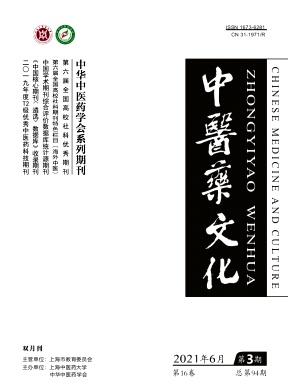Main exponents of some Traditional Chinese Medicine practices in Cuba in the 19 th century and some notable doctors of Chinese descent in the 20th century.
IF 0.5
Q3 Social Sciences
引用次数: 0
Abstract
The Cuban people are made up of three major migratory currents, the Chinese are one of them. They brought their culture, the methods and procedures of Traditional Chinese Medicine in the 19th century. Few were able to return and so they created a family in Cuba; some of his descendants dedicated themselves to medicine. In order to investigate the practices that were predecessors of Traditional Chinese Medicine in Cuba in the 19th century, a qualitative phenomenological research was carried out, reviewing what was published by various sources, applying documentary analysis, logical historical analysis, abstraction, synthesis and systematization of the results on the regularities of the work and human behavior of Chinese doctors in the Cuban 19th and 20th centuries. This made it possible to identify six Chinese doctors in the 19th century in Cuba who gave rise to the beginning some practices of Traditional Chinese Medicine in Cuba, and five from the 20th century, descendants of coolies who dedicated themselves to other specialties of medicine. It was found that despite their geographical and time disperse, they were all notorious for their outstanding professional and human behavior, with a trail of accumulated successes in achieving "almost the impossible" with the patient. They have left their mark on Cuban culture.19世纪古巴一些传统中医的主要倡导者和20世纪一些著名的华裔医生。
古巴人民由三大移民潮组成,中国人是其中之一。他们在19世纪带来了他们的文化、中医的方法和程序。很少有人能回来,所以他们在古巴建立了一个家庭;他的一些后代献身于医学。为了考察19世纪古巴中医的先驱实践,本文采用定性现象学研究方法,回顾了各种来源发表的文献资料,运用文献分析、逻辑历史分析、抽象、综合和系统化的方法,对19世纪和20世纪古巴中医工作和人类行为的规律进行了研究。这使我们能够确定19世纪在古巴的六位中国医生,他们开创了古巴中医的一些做法,以及20世纪的五位中国医生,他们是苦力的后代,致力于其他医学专业。调查发现,尽管他们的地理位置和时间分散,但他们都因出色的专业和人文行为而臭名昭著,他们在病人身上取得了“几乎不可能”的成功。他们在古巴文化中留下了自己的印记。
本文章由计算机程序翻译,如有差异,请以英文原文为准。
求助全文
约1分钟内获得全文
求助全文

 求助内容:
求助内容: 应助结果提醒方式:
应助结果提醒方式:


